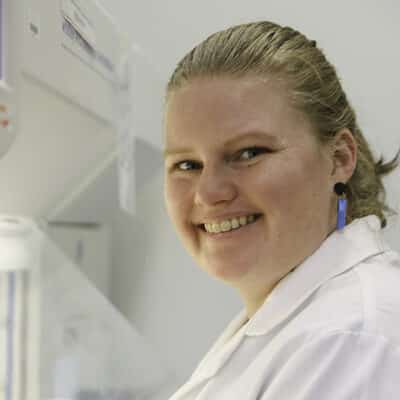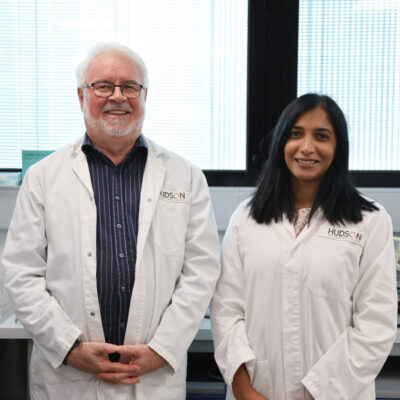Almost 2000 unknown bacteria discovered in the human gut
By Hudson Institute communications. Reviewed by Associate Professor Samuel Forster

Leading microbiome expert, Dr Sam Forster, in collaboration with researchers at EMBL’s European Bioinformatics Institute and the Wellcome Sanger Institute (UK) have identified almost 2000 bacterial species living in the human gut.
The bacterial species are yet to be cultured in the lab. The team used a range of computational methods to analyse samples for individuals worldwide.
The results, published in the journal Nature, highlight that although researchers are possibly getting closer to creating a comprehensive list of the commonly found gut microbes in the North American and European gut, there is a significant lack of data from other regions of the world.
The human gut is home to many species of microbes, collectively referred to as the gut microbiota. Despite extensive studies in the field, researchers are still working on identifying the individual microbial species that live in our guts and understanding what roles they play in human health.
‘Reconstructing’ bacteria in the human gut
There are many reasons why some microbial species that are part of the gut microbiota have remained unknown for so long, such as low abundance in the gut or inability to survive outside the human gut. By using computational methods, researchers were able to reconstruct the genomes of these bacteria.
“Computational methods allow us to understand bacteria that we cannot yet culture in the lab. Using metagenomics to reconstruct bacterial genomes is a bit like reconstructing hundreds of puzzles after mixing all the pieces together, without knowing what the final image is meant to look like; and after completely removing a few pieces from the mix just to make it that bit harder,” says Rob Finn, Group Leader at EMBL-EBI.
“Researchers are now at a stage where they can use a range of computational tools to complement and sometimes guide lab work, in order to uncover new insights into the human gut.”
Gut bacteria differs between countries
The research highlighted how the composition of bacteria in the human gut differs around the world, and how important it is for the samples that we study to reflect this diversity.
“We are seeing a lot of the same bacterial species crop up in the data from European and North American populations,” continues Finn. “However, the few South American and African datasets we had access to for this study revealed significant diversity not present in the former populations. This suggests that collecting data from underrepresented populations is essential if we want to achieve a truly comprehensive picture of the composition of the human gut.”
Blueprint of the human gut
“Computational methods allow us to get an idea of the many bacterial species that live in the human gut, how they evolved and what kind of roles they may play within their microbial community,” says Alexandre Almedia, Postdoctoral Fellow at EMBL-EBI and the Wellcome Sanger Institute. “In this study, we leveraged the most comprehensive public databases of gastrointestinal bacteria to identify bacterial species that have not been seen before. The analysis methods we used are highly reproducible and can be applied to larger, more diverse datasets in the future, enabling further discovery.”
“Research such as this is helping us to create a so-called blueprint of the human gut, which, in the future, could help us understand human health and disease better and could even guide diagnosis and treatment of gastrointestinal diseases,” concludes Trevor Lawley, Group Leader at the Wellcome Sanger Institute.
Summary
- Researchers have used computational methods to identify nearly 2000 uncultured gut bacterial species
- Study authors call for more data from South America, Africa and Asia, in order to achieve a more comprehensive blueprint of the human gut
- Access to thousands of new gut bacterial genomes allows researchers to characterise the gut microbiota more accurately
In this article
About Hudson Institute
Hudson Institute’ s research programs deliver in three areas of medical need – inflammation, cancer, women’s and newborn health. More
Hudson News
Get the inside view on discoveries and patient stories
“Thank you Hudson Institute researchers. Your work brings such hope to all women with ovarian cancer knowing that potentially women in the future won't have to go through what we have!”





